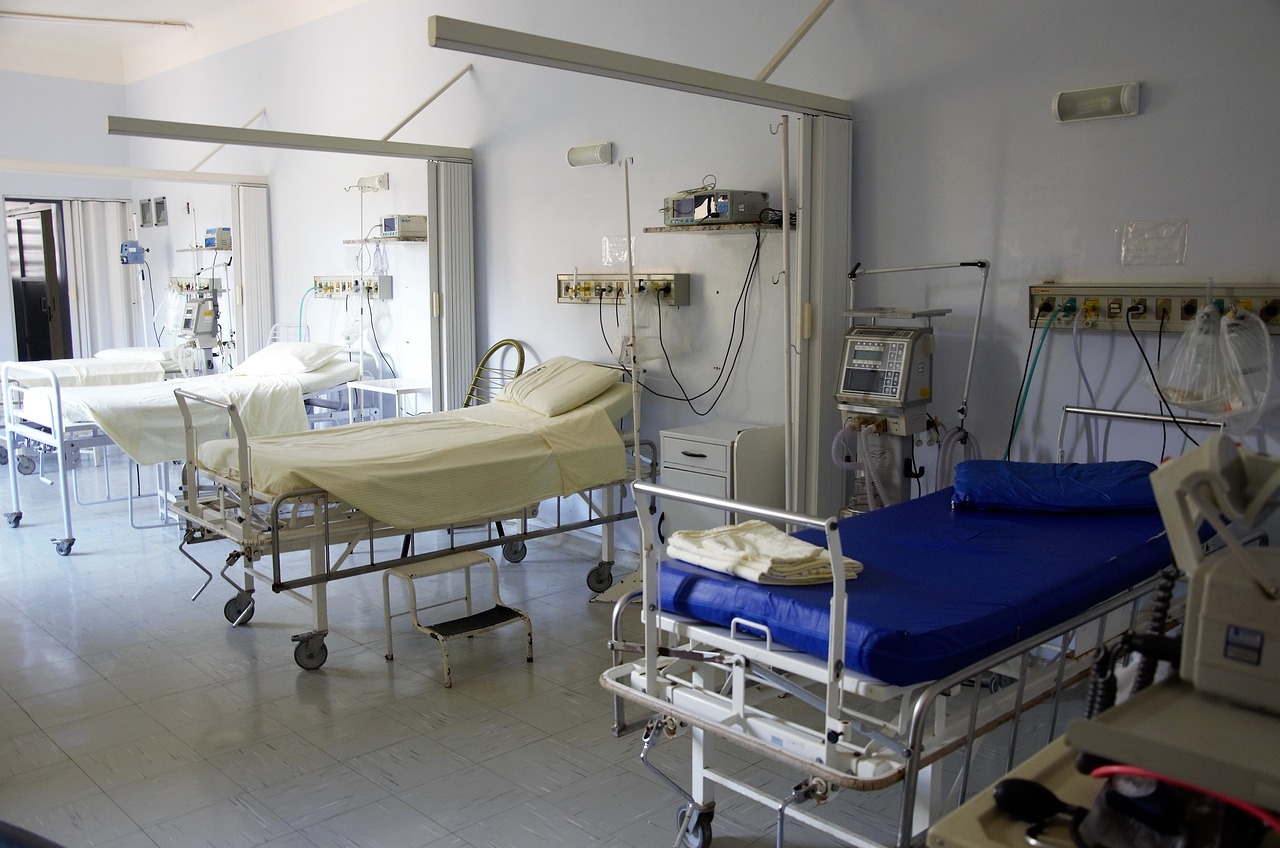25% Of A&E Admissions Unnecessary According To New Study

Almost a quarter of A&E admissions could be potentially avoided in a better functioning health system, according to a new study which indicates that some of these unnecessary admissions are driven by deprivation, hospital practices, and health insurance concerns.
The new research, entitled ‘Drivers of potentially avoidable emergency admissions in Ireland: an ecological analysis’, and published in the BMJ Quality and Safety journal, estimates that 22% of A&E admissions are eminently avoidable.
The study was led by University College Cork economics lecturer Brenda Lynch and carried out under the Structured Population and Health-services Research Education (Sphere) programme. The report examined admissions data to calculate age-adjusted emergency admission rates for selected conditions by county of residence between 2014 and 2016.
According to the study: “Over the past 10 years in Ireland, emergency admissions have increased by almost 1,000 per annum from 32,000 in 2005 to 41,500 in 2016. As of 2016, emergency admissions accounted for approximately one in four of all hospital admissions.”
It said that potentially avoidable admissions include those relating to an undiagnosed or untreated underlying condition. In best case scenarios, the patient could have been treated more appropriately elsewhere, such as in the patient’s home or in a community setting.
It also considers the reconfiguration of A&E\’s and the role of private health insurance, noting: “Ireland’s public hospital system is financed through a mix of both public and private spending. Older adults with private health insurance are more likely to have an overnight stay in a public hospital than those without insurance, possibly because it is financially beneficial for public hospitals to keep such patients within the health system for longer.
Population factors such as those population factors relating to age, deprivation, and rurality are included. Taking 14 selected conditions the study analyses the data and among its conclusions is that primary care resources do not seem to be a strong predictor, but “it is more likely that those counties with high unemployment will experience high emergency admissions for the 14 selected conditions”.
“This study shows that at a regional level much of the variability in emergency admission rates can be explained by socioeconomic deprivation, hospital policies and private insurance coverage.”
You might also like
For relevant updates on Emergency Services news and events, subscribe to EmergencyServices.ie









